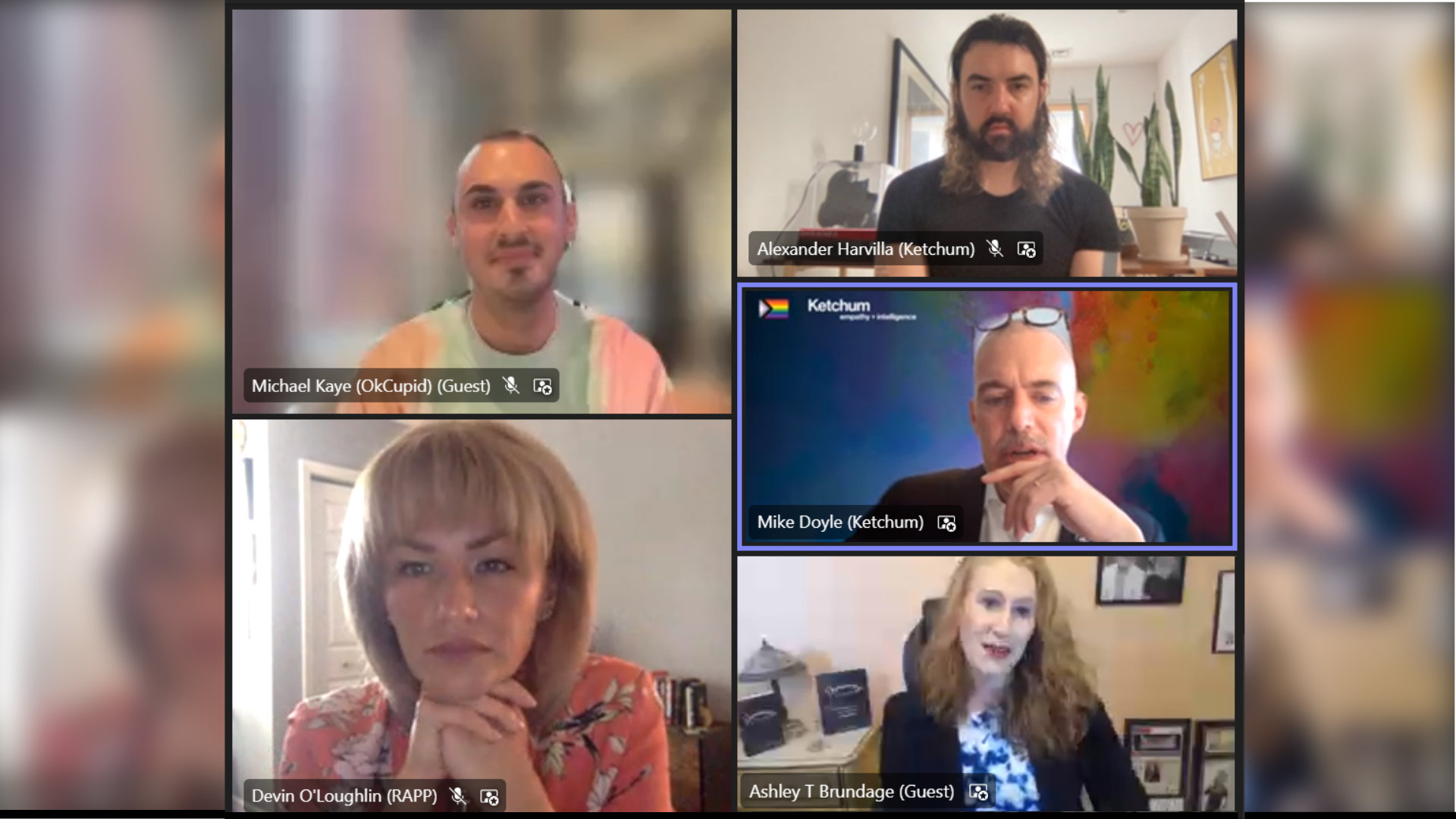 The story of diversity and inclusion is a people story – a story directed to, and about people with, identities, hopes, desires and dreams. It is also a story of language and aspirational ideas.
The story of diversity and inclusion is a people story – a story directed to, and about people with, identities, hopes, desires and dreams. It is also a story of language and aspirational ideas.
So, how do we communicate the complex concepts of personal identity, unity, fairness and respect? What kind of place do we want the world to be? What standards do we set for our communities and places of work? How do we break down barriers and become the best global community we can possibly be?
A key factor to success is our choice of language. But language is a double-edged sword. Words are the most powerful and emotive tool we have to encourage diversity and inclusion. But, when used carelessly, words can create distance and division among colleagues and communities.
These days, it seems that the national conversation around diversity and inclusion has deteriorated; yet I’m encouraged to see so many corporations actively taking up the mantle. How does the business communicator successfully navigate the often-complicated language of diversity and inclusion and achieve a high functioning and motivated employee community? While the effort may often be more art than science, here are some guidelines:
Create Context for Your Employee Community:
Can you explain why your organization has embraced diversity and inclusion in a single sentence? Can you articulate why diversity and inclusion is not simply a “nice to have,” but essential to your employee culture? What’s the shareable story that your employees can pass along?
Balance the Human Story and the Business Story:
I’ve worked with executives whose heart is in the right place, but their diversity and inclusion story lacks balance. Some lean toward the emotional. They identify closely with employees who feel left out or underrepresented. They talk about the healing power of diversity and inclusion, but fail to mention why a diverse employee population is good for business. Conversely, others are so focused on the business result that they fail to communicate the human element of the story. The answer is to find the right balance of emotional and rational that allows all employees to connect with, and become invested in your diversity efforts.
Diversify Your Message – It’s About Everybody:
A message too specific to a particular employee group risks losing the attention of the broader employee population. Communicate why inclusivity matters to every employee’s performance and job satisfaction regardless of background. Galvanize a diverse coalition of messengers to assure that all employees see themselves as part of the story.
Emphasize the Value of Diverse Wins:
Every organization builds its own internal and external narrative over time – the wins, the losses and the lessons learned. Employees appreciate recognition and see their own efforts reflected in the stories you share. Use anecdotes and employee success stories to demonstrate the valuable results achieved when efforts toward diversity and inclusion have built business and created a culture where all employees can perform at their best.



